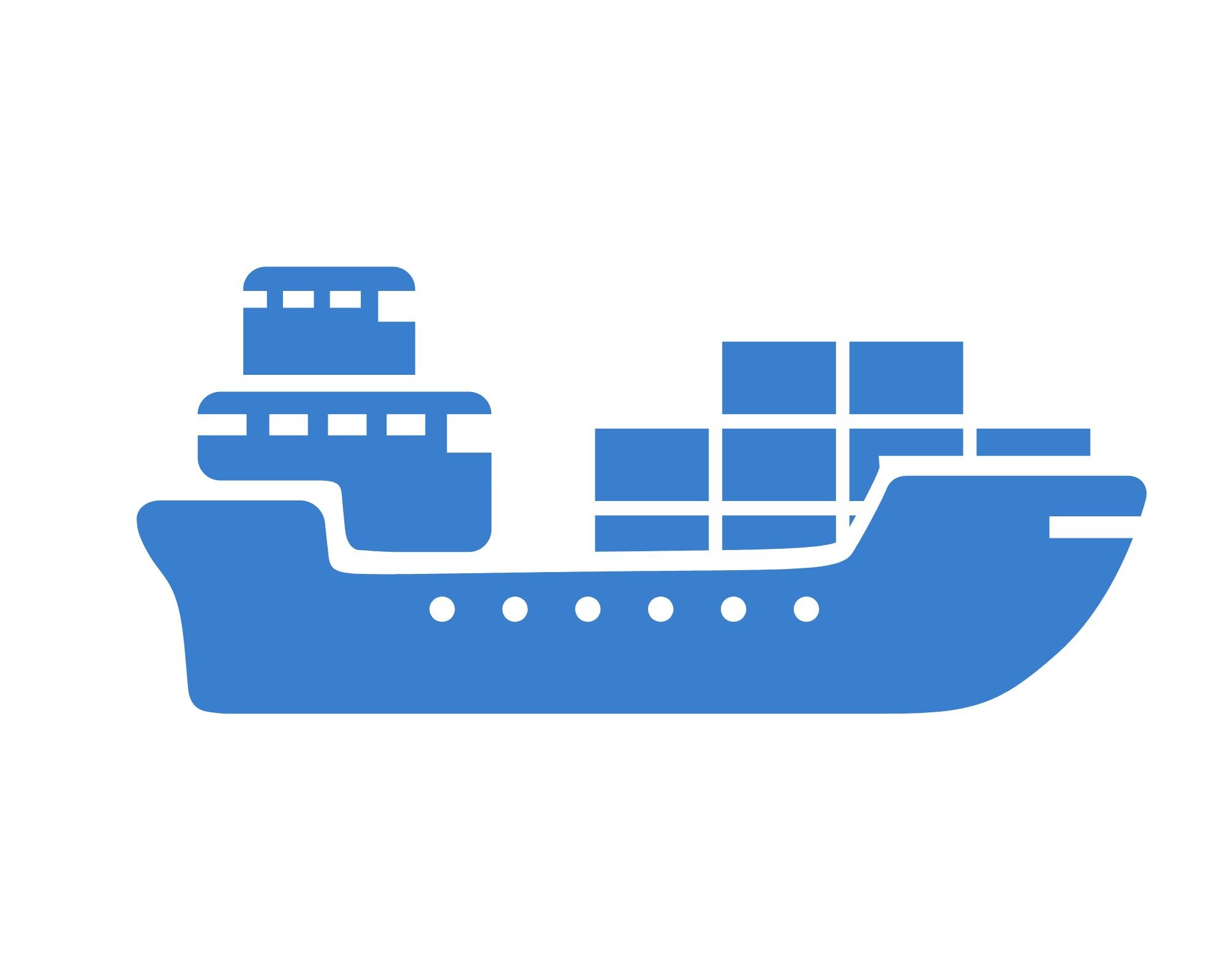Import & Export Analytics.
Measuring ‘landed rate’, lead time, bottlenecks and overall costs.
Import / Export
We have identified several industry specific metrics (see below) that may be of interest to you. However, there are basic business metrics that should always be analysed, and regularly, in order to point you in the direction of what needs investigation. These are:
Revenue. Total income generated from sales before any expenses. It shows the overall scale of the business and is a top-line indicator of growth and demand.
Net Profit Margin. Net Profit expressed as a percentage. It reveals how much actual profit the business makes after all expenses … a key measure of efficiency and sustainability.
Cash Flow. Net amount of cash moving into and out of the business. Indicates liquidity and the ability to meet short term obligations, invest, and grow.
Fixed Costs vs Revenue. Costs associated with running the business. Identifies areas to reduce costs and improve profitability.
Accounts Receivable/Payable. Identifies what may be affecting cashflow.
Industry Specific Metrics: Import & Export
Trade Volume (weight and value)
Why? Indicates the scale of your operations and helps in capacity planning, cost forecasting, and performance benchmarking. Value trends can reveal market pricing changes or shifts in product demand.
Landed Cost per Shipment / Unit
Why? Tracks profitability. Breaking down the costs, such as freight, insurance, tariffs, allows you to optimise logistics and pricing strategies.
Customs Clearance Time
Why? This is a major factor in delivery delays and analysis may highlight bottlenecks. Reducing clearance time increases customer satisfaction and minimises storage or demurrage fees.
On Time Delivery Rate
Why? A critical service-level metric. Indicates reliability and helps identify inefficiencies in logistics or bottlenecks in customs and transportation.
Freight Cost as a Percentage of Total Product Cost
Why? This highlights the logistics burden on the product’s landed cost. High percentages may mean it’s time to renegotiate with carriers or look at route optimisation.
Tariff and Duty Impact per Country
Why? This is a hot topic lately. Duties and tariffs vary widely. Understanding their impact on each route helps with cost forecasting, compliance and planning alternative sourcing/destination strategies.
Top Countries by Trade Volume
Why? This reveals geographic dependency and helps in identifying risks, exploring diversification, or tapping new markets.
Inventory Turnover Rate
Why? Slow-moving imports can tie up valuable cash and warehouse floor space. This metric tells you how efficiently imported goods are being sold and replenished.
Lead Time (Order to Delivery)
Why? Critical for planning and customer satisfaction. Long lead times can result in overstocking or stockouts, which hurts margins and service levels.
Compliance
Why? This measures adherence to international trade regulations. Non-compliance can lead to fines, shipment holds, or brand damage.









